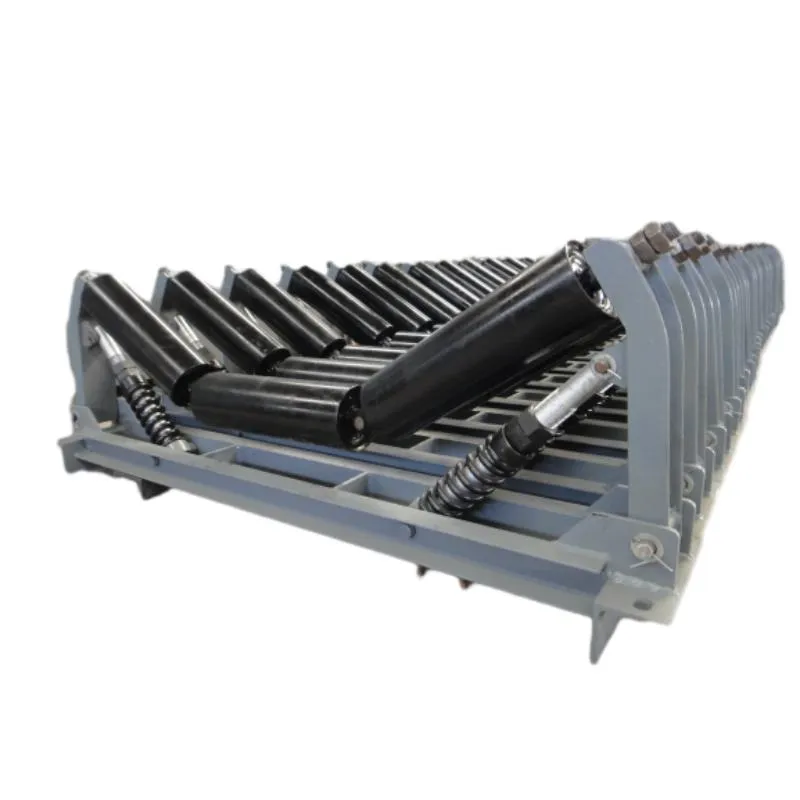 Afrikaans
Afrikaans  Albanian
Albanian  Amharic
Amharic  Arabic
Arabic  Armenian
Armenian  Azerbaijani
Azerbaijani  Basque
Basque  Belarusian
Belarusian  Bengali
Bengali  Bosnian
Bosnian  Bulgarian
Bulgarian  Catalan
Catalan  Cebuano
Cebuano  Corsican
Corsican  Croatian
Croatian  Czech
Czech  Danish
Danish  Dutch
Dutch  English
English  Esperanto
Esperanto  Estonian
Estonian  Finnish
Finnish  French
French  Frisian
Frisian  Galician
Galician  Georgian
Georgian  German
German  Greek
Greek  Gujarati
Gujarati  Haitian Creole
Haitian Creole  hausa
hausa  hawaiian
hawaiian  Hebrew
Hebrew  Hindi
Hindi  Miao
Miao  Hungarian
Hungarian  Icelandic
Icelandic  igbo
igbo  Indonesian
Indonesian  irish
irish  Italian
Italian  Japanese
Japanese  Javanese
Javanese  Kannada
Kannada  kazakh
kazakh  Khmer
Khmer  Rwandese
Rwandese  Korean
Korean  Kurdish
Kurdish  Kyrgyz
Kyrgyz  Lao
Lao  Latin
Latin  Latvian
Latvian  Lithuanian
Lithuanian  Luxembourgish
Luxembourgish  Macedonian
Macedonian  Malgashi
Malgashi  Malay
Malay  Malayalam
Malayalam  Maltese
Maltese  Maori
Maori  Marathi
Marathi  Mongolian
Mongolian  Myanmar
Myanmar  Nepali
Nepali  Norwegian
Norwegian  Norwegian
Norwegian  Occitan
Occitan  Pashto
Pashto  Persian
Persian  Polish
Polish  Portuguese
Portuguese  Punjabi
Punjabi  Romanian
Romanian  Russian
Russian  Samoan
Samoan  Scottish Gaelic
Scottish Gaelic  Serbian
Serbian  Sesotho
Sesotho  Shona
Shona  Sindhi
Sindhi  Sinhala
Sinhala  Slovak
Slovak  Slovenian
Slovenian  Somali
Somali  Spanish
Spanish  Sundanese
Sundanese  Swahili
Swahili  Swedish
Swedish  Tagalog
Tagalog  Tajik
Tajik  Tamil
Tamil  Tatar
Tatar  Telugu
Telugu  Thai
Thai  Turkish
Turkish  Turkmen
Turkmen  Ukrainian
Ukrainian  Urdu
Urdu  Uighur
Uighur  Uzbek
Uzbek  Vietnamese
Vietnamese  Welsh
Welsh  Bantu
Bantu  Yiddish
Yiddish  Yoruba
Yoruba  Zulu
Zulu components of a conveyor system
The Components of a Conveyor System
Conveyor systems are a fundamental component of modern industrial operations, serving as a critical mechanism for transporting goods and materials efficiently across various environments. These systems come in different shapes and sizes, tailored to meet the specific needs of diverse industries. Understanding the components of a conveyor system is essential for optimizing its performance and ensuring its longevity. Here, we will explore the primary components that make up a conveyor system, the functions they serve, and their importance in conveying operations.
1. Conveyor Belts
The conveyor belt is perhaps the most recognizable component of any conveyor system. It serves as the foundation upon which items are transported from one point to another. Conveyor belts can be made from various materials, including rubber, plastic, and metal, depending on the load being transported and the environment in which the system operates. For instance, heat-resistant belts are used in environments where high temperatures are a concern, while heavy-duty belts are used for transporting heavy loads.
The design of the belt also plays a crucial role in the overall efficiency of the conveyor system. Smooth surfaces reduce friction, allowing for faster movement, while textured surfaces provide better grip for fragile items. Additionally, belts can be customized with compartments or other features to accommodate specific materials.
2. Drive Mechanism
The drive mechanism is the heart of the conveyor system, providing the necessary power to move the conveyor belt. This mechanism typically consists of a motor and associated components such as pulleys and gear systems. Electric motors are the most commonly used, providing sufficient torque to drive the belt at varying speeds.
The configuration of the drive mechanism varies depending on the type of conveyor system. For example, in a roller conveyor, drive motors may be placed at strategic points to ensure the smooth operation of the rollers. Proper maintenance and selection of the right drive mechanism are crucial, as they directly affect the efficiency and reliability of the entire system.
Idlers are the support structures that keep the conveyor belt aligned and running smoothly. They are important for maintaining the tension in the belt and helping it navigate corners. Without idlers, the belt might sag, leading to friction and ineffective conveying.
components of a conveyor system

Rollers, on the other hand, assist in moving the belt along its path. They reduce friction between the belt and the surface underneath, allowing the system to operate efficiently. The choice of idlers and rollers can vary based on factors like load capacity, speed, and the environmental conditions of operation.
4. Frame and Structure
The frame of a conveyor system is its backbone, supporting all the components and ensuring stability during operation. Conveyor frames can be made from different materials, including steel, aluminum, and plastic, depending on the application. The design must be robust enough to support the weight of the load while remaining lightweight to facilitate installation and portability.
The structure also includes guarding and safety features that protect operators and equipment. Proper framing ensures that the entire system can withstand wear and tear, reducing the potential for breakdowns and costly downtime.
5. Controls and Automation
The control system of a conveyor system governs its operation, allowing for automation and integration with other machinery. This includes controls for starting and stopping the conveyor, adjusting speed, and monitoring system performance. Advanced systems might incorporate sensors and PLCs (programmable logic controllers) to enable more sophisticated operations, such as automatic sorting and product tracking.
Automation improves the efficiency of conveyor systems, reducing the need for manual labor and increasing productivity. Smart conveyor systems can adapt to changing conditions, ensuring that materials are handled consistently and accurately.
Conclusion
In summary, the components of a conveyor system work together to create a seamless, efficient means of transporting materials across various settings. By understanding each component's functions and significance, businesses can make informed decisions when designing, operating, and maintaining these systems. As industries continue to evolve, advancements in conveyor technology promise to improve efficiency, reduce costs, and enhance safety in material handling operations.
-
Trusted Conveyor Solutions from Leading Conveyor Idler Roller ManufacturersNewsJun.27,2025
-
Reliable Return Idler Solutions for Efficient Belt Conveyor SystemsNewsJun.27,2025
-
Precision Conveyor Accessories for Streamlined Material HandlingNewsJun.27,2025
-
High-Quality Belt Conveyor Idler Solutions for Efficient Material HandlingNewsJun.27,2025
-
High-Performance Belt Conveyor Pulleys for Reliable Material HandlingNewsJun.27,2025
-
Enhancing Material Handling EfficiencyNewsJun.27,2025





























